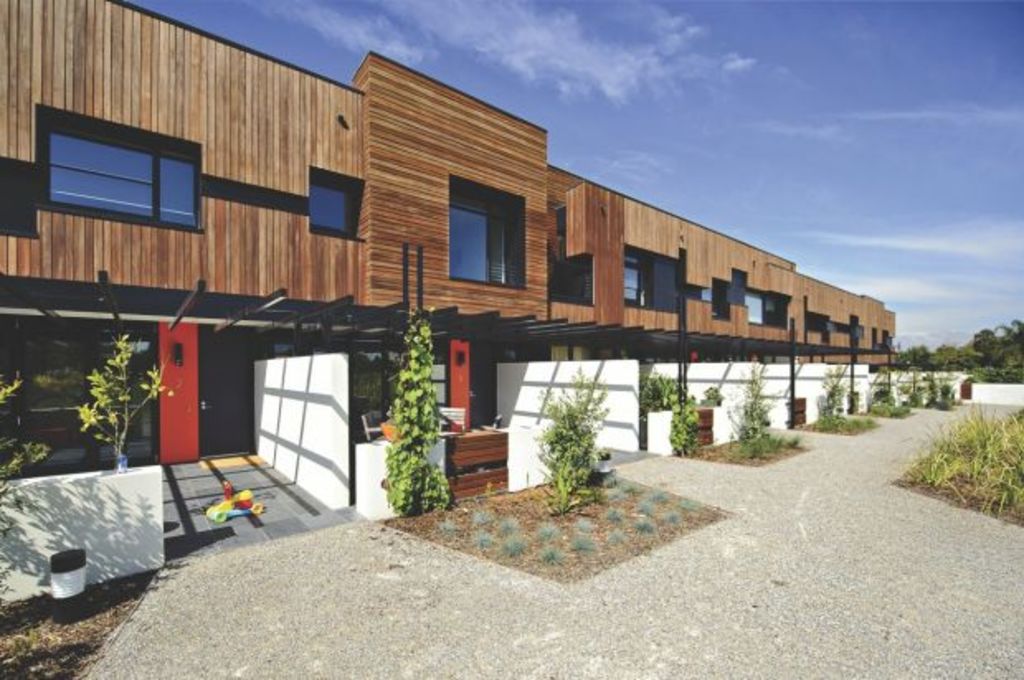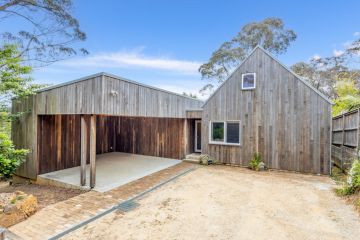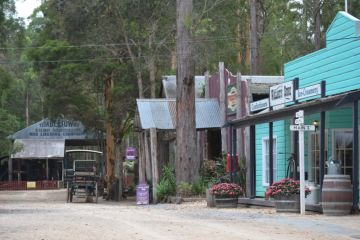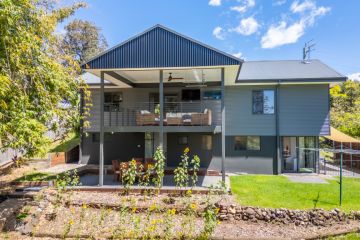Finding architecture's missing middle

Architects, building designers and design students, your country needs you!
In this era of residential replacement, when quantities of small-scale developments are being put up without merit other than being cheap and fast to construct for the benefit of their builders or developers, there is a glaringly apparent deficit in the quality of their design.
One of the judges of an exciting Australia-wide competition aiming to “encourage more and better designed terraces, townhouses and dual occupancies”, Jan McCredie, explains why so much poorly sited, badly constructed and aesthetically ill-conceived stock is appearing, especially in NSW where the competition is being hosted.
“Unlike apartment buildings, it has not been mandated that architects should be involved in their design.”
The City Architect of Liverpool Council, McCredie adds that “people think it’s easier to accommodate medium density on a suburban lot than it really is. It takes thought to do it well. And we can certainly do it better!”
The NSW Government’s Department of Planning and Environment has just announced a national competition, “The Missing Middle”, which asks the credentialled building design community to help the department perfect a new guide for medium density developments by designing housing that will test the draft guidelines across three categories:
Dual occupancy (two homes on one lot), multi-dwelling (terraces) and “manor houses” or two-storey buildings incorporating three to four dwellings. The category winners will receive $10,000 and the four runners-up in each group $5000.
The competition, endorsed by the Australian Institute of Architects, closes on 16 December. Judging will take place in January with four experts: Rachel Neeson of Sydney’s Neeson Murcutt Architects, Timothy Hill of Hobart’s Partners Hill Architects, Jan McCredie, and the NSW Government Architect, Peter Poulet. Winners will be announced in February 2017.
More than a way to stimulate the dialogue among Australian designers, and to test and tweak the draft of the Medium Density Design Guide before it is set in bureaucratic concrete, Poulet believes the competition should show “that low-rise, medium-density homes can be done well through a fast track pathway”.
“Open design competitions such as the Missing Middle are a great way to encourage the innovation and creative intelligence of our design sector – especially smaller, younger and emerging firms who do the majority of our smaller scale residential work,” he says.
Jan McCredie says the middle-ring suburbs where much of the redevelopment is occurring “have an existing subdivision pattern that is very diverse and what we need is a sympathetic, sensitive approach to how you site and arrange different forms of dwellings that are sustainable and that have value for the community”.
“We can certainly design in more interesting and innovative ways.”
We recommend
We thought you might like
States
Capital Cities
Capital Cities - Rentals
Popular Areas
Allhomes
More
- © 2025, CoStar Group Inc.







